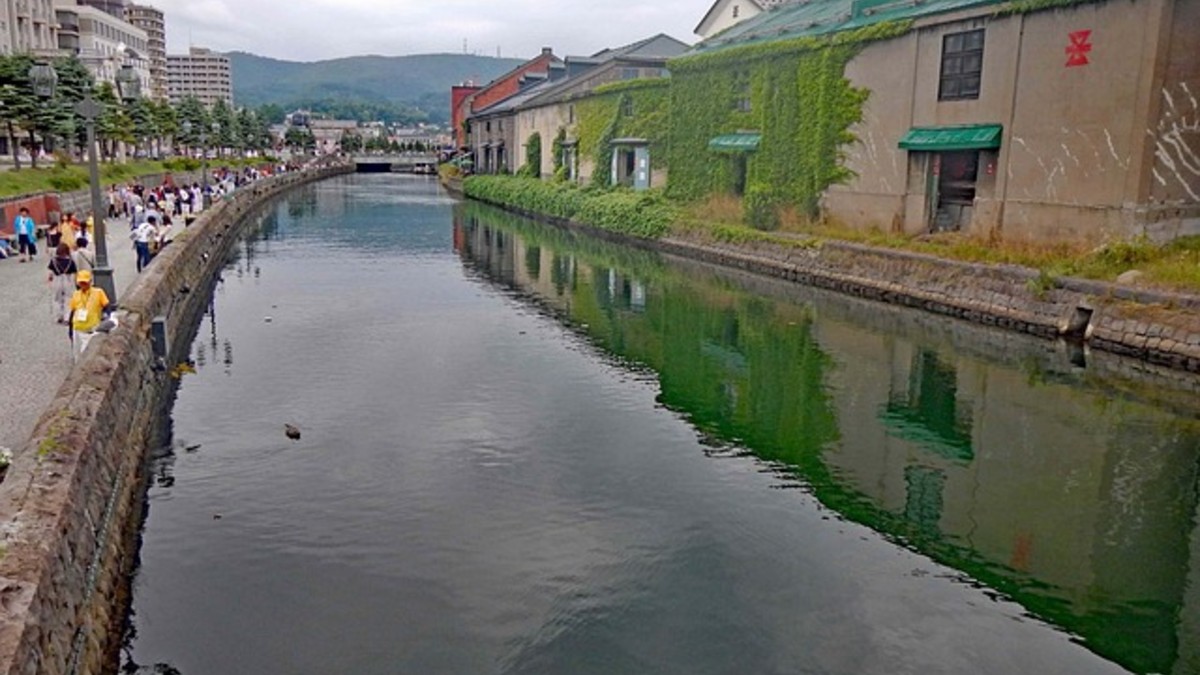A northern Japanese city in Hokkaido is stepping up measures to address repeated instances of unruly behaviour by overseas visitors.
Authorities in the small city of Otaru have started deploying security guards to deter crowds of foreign tourists from taking risks in their pursuit of the perfect photo.
The move comes at a time when the most popular tourist destination is witnessing a surge in inbound tourism.
Let’s take a closer look.
Security guards deployed
Tourism officials in Otaru, Hokkaido, deployed security guards this week to prevent people congregating on Funami-za.
The steep street near JR Otaru Station and Otaru Sankaku Ichiba (Otaru Triangle Market) is a popular spot for its scenic views of Otaru Port and the sea in the distance.
The location also appeared in the 1995 Japanese blockbuster film, Love Letter. In addition to Japan, the film was well-liked in China and South Korea.
The area now draws a lot of foreign tourists who like to walk and take pictures.
Security personnel have been deployed in response to complaints that crowds of tourists are obstructing the little roadway when they stand to take pictures of the location.
The initiative is financed by the city’s reserve money and costs 4.53 million yen, or roughly $29,000.
A Chinese woman died earlier this month in Otaru after she stepped onto railroad tracks and was hit by a train.
According to reports, her husband informed authorities that his wife had been attempting to take pictures of a scene from the Chinese movie, Cities in Love (2015), and had failed to spot the train coming.
“This road is lined with houses and has heavy traffic,” a city official told the Japanese outlet named The Mainichi, adding, “Tourists standing on the street or walking side by side often make it impossible for vehicles to pass. The impact on residents has been significant, and this fiscal year has been particularly severe.”
Hidetoshi Itagaki, an 80-year-old resident, told the Kyodo news agency, “People are even entering private property without permission to take photos.”
Also read: Thai tourists flock to Japan & China amid ‘Ban Korea’ movement
Overtourism in Otaru
Recently, its popularity has skyrocketed above pre-pandemic levels.
In the six months starting in April of last year, about 98,000 foreign visitors stayed in the city for at least one night, the largest since statistics began being kept in 1997.
Since many visitors stay in nearby Sapporo, the largest city in Hokkaido, the real number is thought to be significantly higher, according to the Mainichi.
On the other hand, the increase in tourists is taxing the infrastructure and making residents outraged due to instances of littering, drinking, overcrowding, and more.
Authorities in Otaru and the local police station have been collaborating to resolve these problems.
They have introduced multilingual posters asking visitors to respect their surroundings and local residents.
The posters list actions considered crimes, such as obstructing traffic by taking pictures on roads, trespassing on private property, littering, and stopping on railroad tracks.
In a related vein, an Instagram influencer from Chile had to issue an apology after recording herself performing pull-ups on a gate of a revered torii shrine in Hokkaido.
Another incident sparked uproar on social media when a man who looked like a foreign tourist was seen on camera kicking one of Nara’s renowned deer.
Another famous case included an American man who was jailed for using his fingernails to carve letters that represented the names of his family members into a torii at Tokyo’s Meiji Jingu shrine.
Also read: Japan’s electric suitcase scooters: Convenience or chaos?
A boon for hotels and shops
Last year, a record 36.7 million people visited to Japan, and the government wants that number to rise to 60 million by the end of the decade.
The spike in inbound tourism has been driven by the falling value of the yen and an increase in international flights to Japan; South Koreans make up the largest group, followed by Chinese and Taiwanese visitors.
According to official data, tourists spent a record 8 trillion yen ($50.8 billion) last year, which has benefited hotels and stores.
Due in part to foreign tourists’ excessive snack and beverage consumption, Japan’s seven largest convenience shop companies reported that their total sales in 2024 had hit a new high.
Also read: 60 years of Japan’s bullet train: How Shinkansen changed country, transformed world travel
Other similar measures
In order to keep people from gathering at a location that is popular for snapping pictures of Mount Fuji, authorities have imposed taxes, limited the number of visitors, and installed a screen.
The Japan Tourism Agency unveiled 22 pictograms this week to encourage tourists to behave better.
They contain signs warning them not to queue jump and to travel light so that heavy bags do not obstruct entry to buses and trains.
With inputs from agencies
)